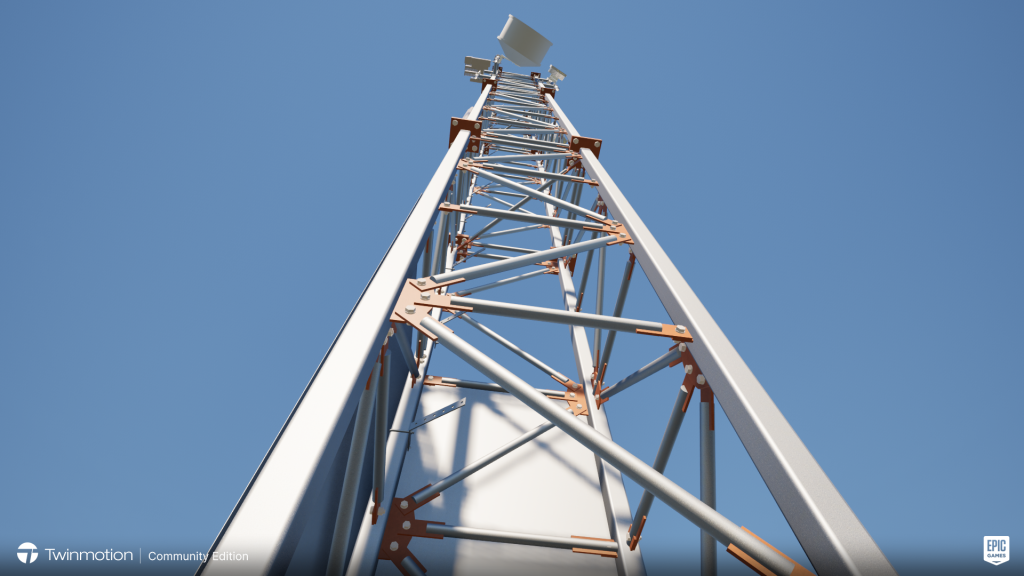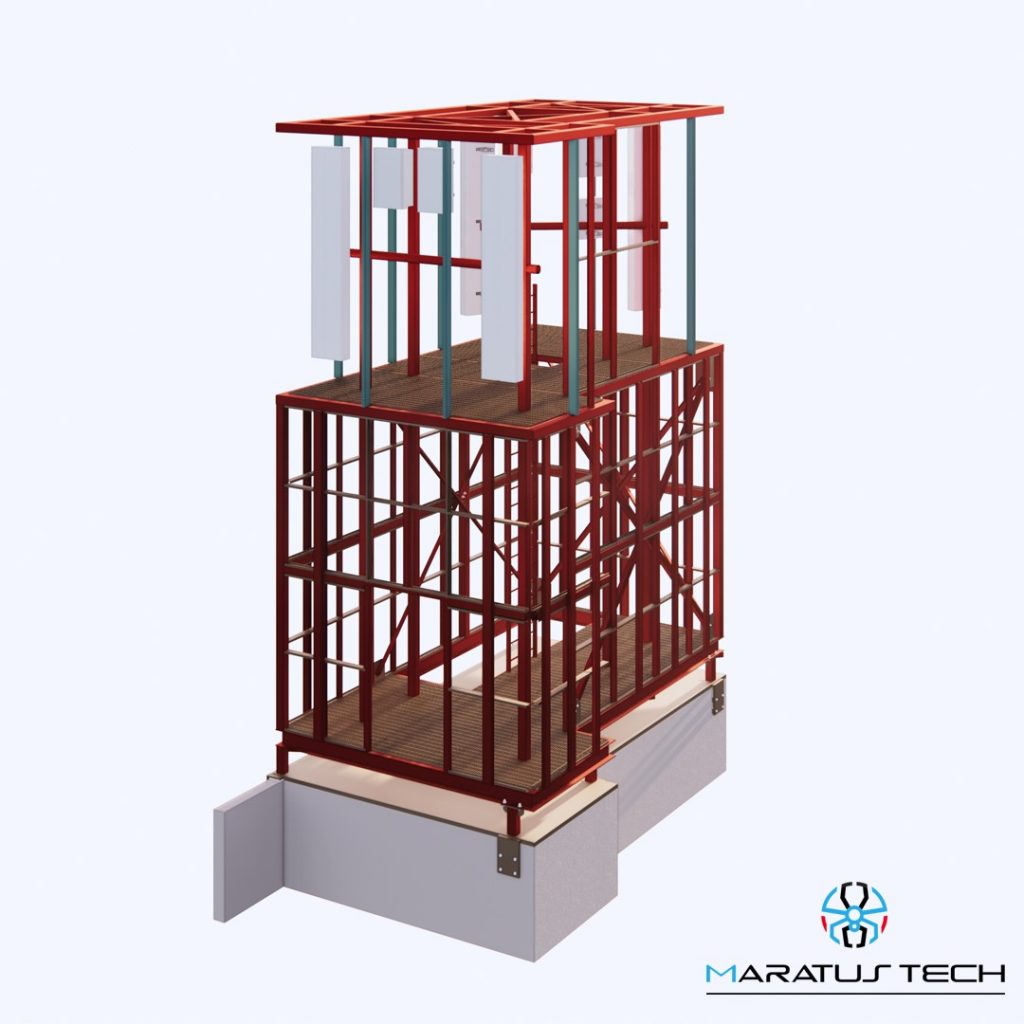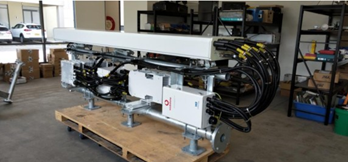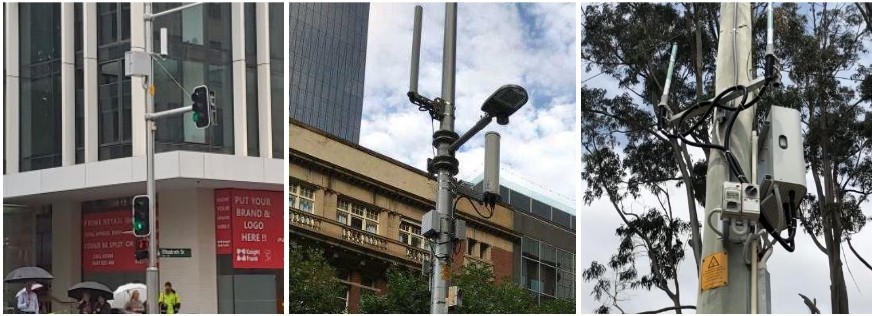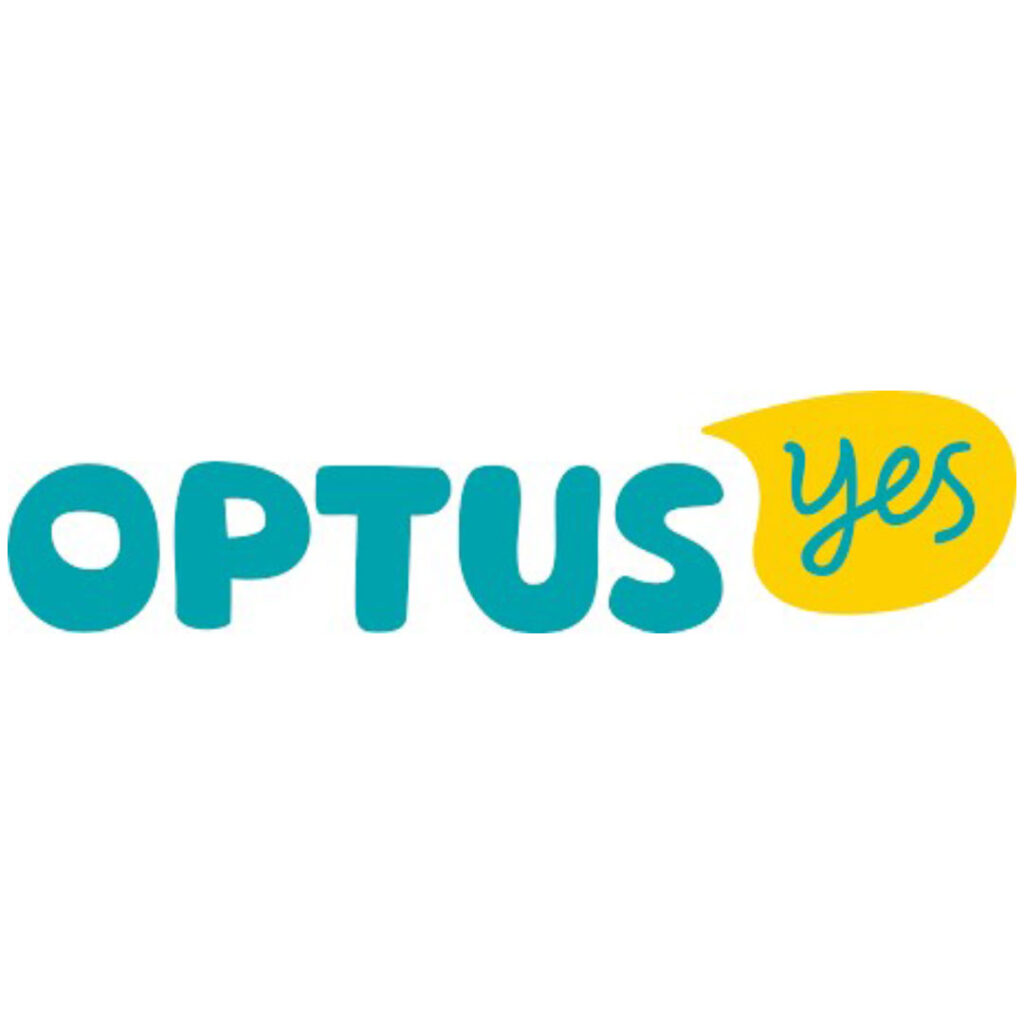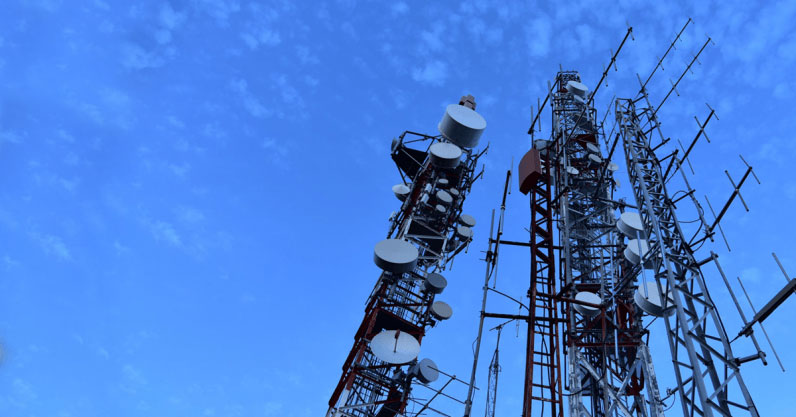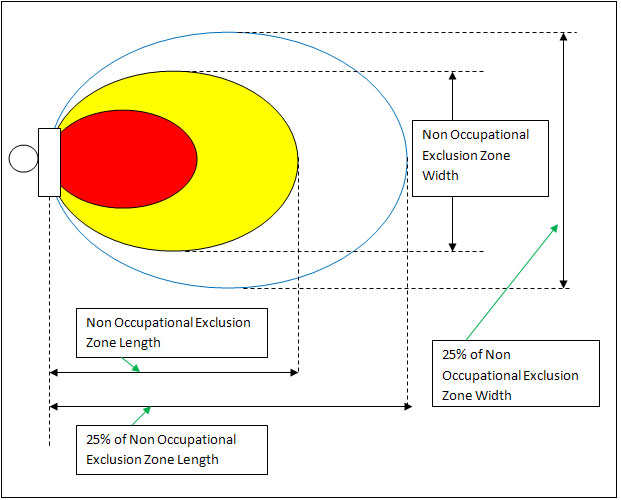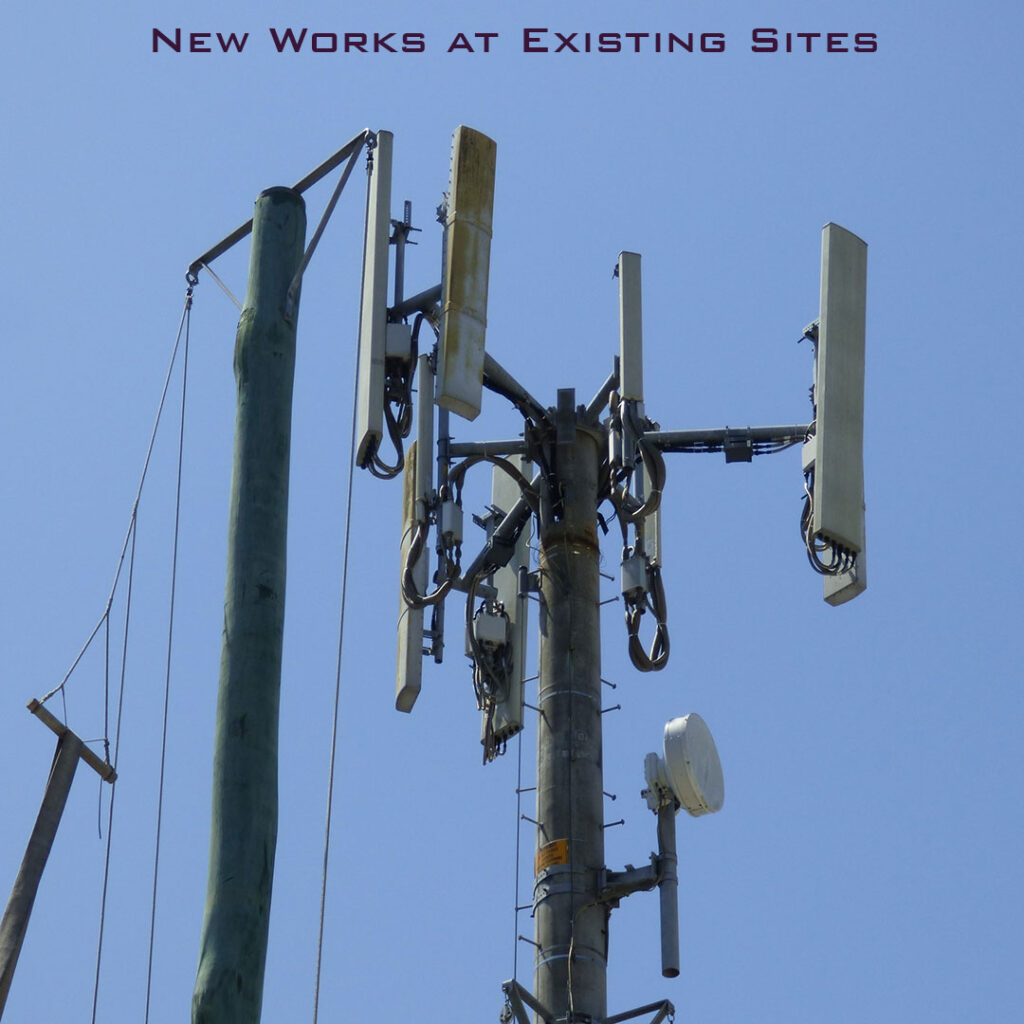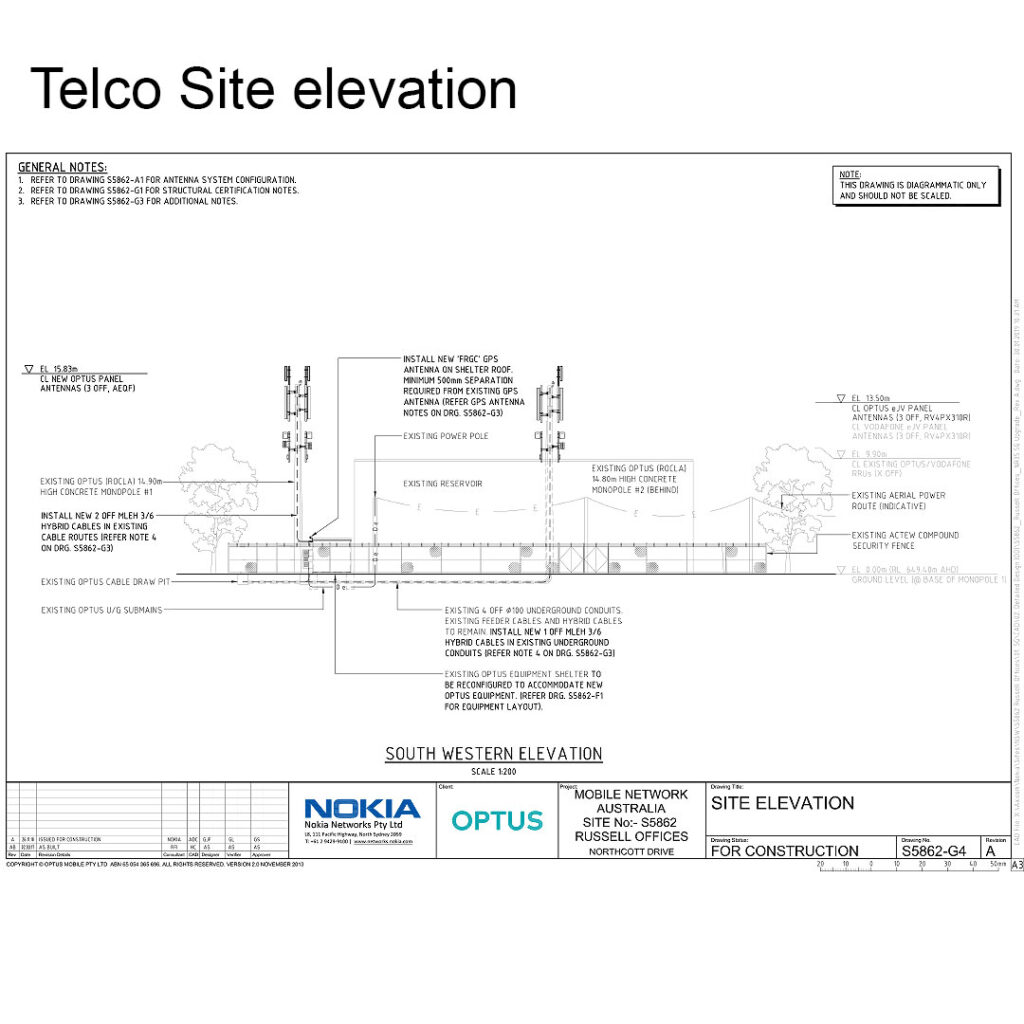Blog
Optimizing Optus Headframe Arrangements: Best Practices and Guidelines
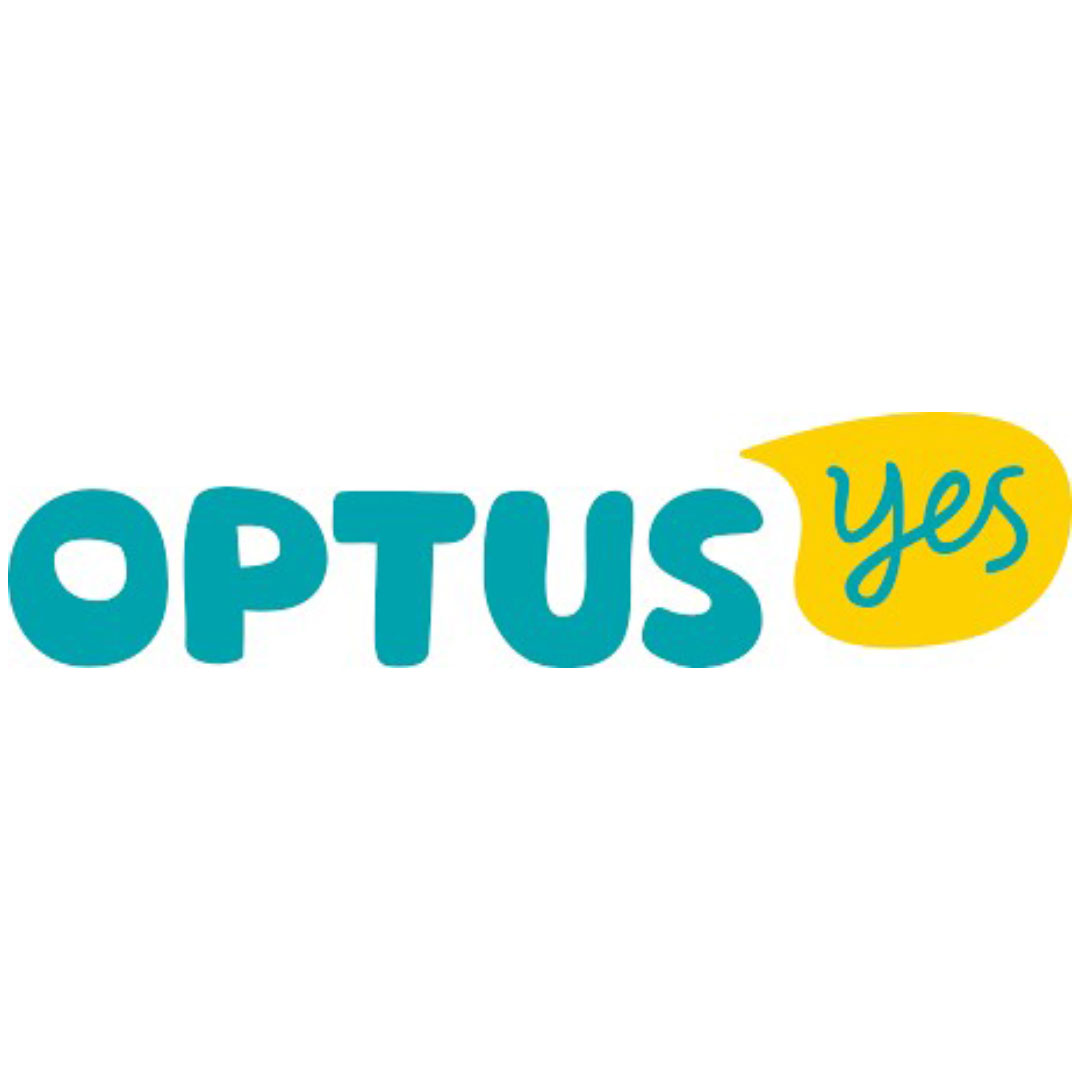
Optus headframe arrangements play a crucial role in supporting telecom equipment and ensuring the efficient operation of telecommunications sites. Proper design and implementation of headframes are essential for maintaining structural integrity, meeting regulatory standards, and optimizing performance. In this comprehensive guide, we’ll explore the best practices and guidelines for Optus headframe arrangements.
Key Components of Optus Headframe Arrangements
Structural Integrity
- Material Selection: Choose high-quality, durable materials such as galvanized steel or aluminum to ensure the longevity and stability of the headframe.
- Load-Bearing Capacity: Ensure the headframe can support the weight of all installed equipment, including antennas, dishes, and other telecom hardware.
- Wind Resistance: Design the headframe to withstand local wind conditions, reducing the risk of damage during severe weather.
Compliance
- Regulatory Standards: Adhere to all relevant local and national regulations governing the design and installation of telecom headframes.
- Permits and Approvals: Obtain necessary permits and approvals from regulatory authorities before proceeding with installation.
- Safety Standards: Implement safety features and protocols to protect workers during installation and maintenance.
Performance Optimization
- Equipment Arrangement: Strategically arrange equipment on the headframe to minimize interference and optimize signal strength and coverage.
- Cable Management: Implement efficient cable management solutions to reduce clutter and ensure easy access for maintenance.
- Accessibility: Design the headframe to allow easy access to all equipment for routine inspections, maintenance, and upgrades.
Best Practices for Optus Headframe Arrangements
- Conduct a Site Assessment:
- Perform a thorough site assessment to identify potential challenges and determine the best location and design for the headframe.
- Collaborate with Experts:
- Work with structural engineers, telecom experts, and regulatory authorities to ensure the headframe design meets all requirements and standards.
- Use Modular Designs:
- Consider using modular headframe designs that can be easily expanded or modified as needed to accommodate future upgrades or changes.
- Implement Redundant Systems:
- Incorporate redundant systems to ensure continuous operation in case of equipment failure, enhancing the reliability of the telecom site.
- Regular Inspections:
- Schedule regular inspections and maintenance to ensure the headframe remains in good condition and operates efficiently.
Tips and Tricks
- Optimize for Future Growth:
- Design the headframe with future growth in mind, ensuring it can accommodate additional equipment and upgrades as needed.
- Minimize Visual Impact:
- Use design techniques and materials that minimize the visual impact of the headframe, blending it with the surrounding environment.
- Incorporate Smart Technologies:
- Integrate smart monitoring and control technologies to enhance the management and operation of the headframe and installed equipment.
- Prioritize Safety:
- Ensure all safety protocols are in place and followed during installation and maintenance to protect workers and equipment.
Conclusion: Designing and implementing effective Optus headframe arrangements is crucial for the success of telecommunications sites. By following the best practices and guidelines outlined in this guide, you can ensure optimal performance, compliance, and structural integrity.

